Forbidden Songs (1947)
1h 37m
Running Time
January 8, 1947Release Date
Plot.
Set during the German occupation of Warsaw during WWII, this musical tells the story of several inhabitants of the same tenement house.
Where to Watch.
No streaming offers found
Cast & Crew.

Danuta Szaflarska
Halina Tokarska
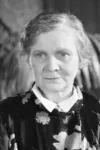
Janina Ordężanka
Halina and Roman's Mother
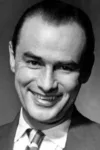
Jerzy Duszyński
Roman Tokarski
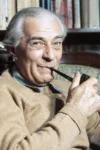
Jan Świderski
Ryszard
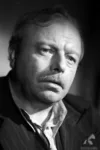
Jan Kurnakowicz
Cieślak
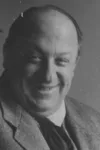
Stanisław Łapiński
Musician
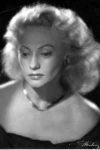
Zofia Jamry
Maria Kędziorek
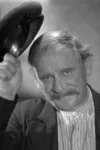
Konstanty Pągowski
Caretaker Antoni
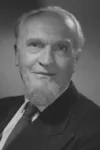
Józef Maliszewski
Film Studio Manager
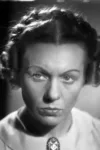
Hanka Bielicka
Street Singer

Maria Bielicka
Declamator

Janina Draczewska
News Stand Keeper
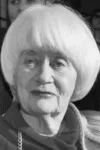
Alina Janowska
Street Singer

Helena Puchniewska
Seller on a Train

Stanisława Piasecka
Street Singer

Zofia Mrozowska
Jewish Street Singer
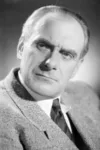
Ludwik Tatarski
Hans

Kazimierz Wichniarz
Gestapo Officer in Tokarskis' Apartment
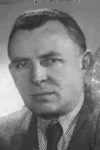
Bolesław Bolkowski
Grenade Policeman

Jarosław Skulski
Gestapo Officer

Henryk Szwajcer
Jew Hiding at Tokarskis'
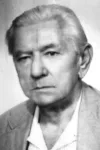
Leon Pietraszkiewicz
Street Singer
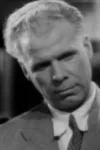
Feliks Żukowski
Jurek
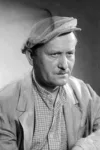
Czesław Piaskowski
Disabled Street Singer / Production Design
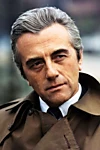
Andrzej Łapicki
Violinist's Executioner
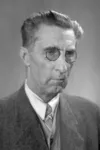
Henryk Modrzewski
Cieślak's Friend

Henryk Borowski
Maria Kędziorek's Executioner
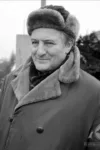
Stefan Śródka
Maria Kędziorek's Executioner

Zygmunt Urbański
Gendarme on a Train
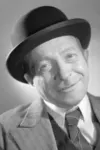
Bronisław Darski
Singer on a Train
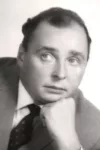
Kazimierz Brusikiewicz
Soldier (uncredited)

Marian Dąbrowski
Refugee from Warsaw (uncredited)
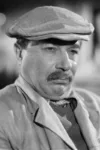
Kazimierz Dejunowicz
Refugee from Warsaw (uncredited)
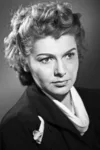
Barbara Drapińska
Girl (uncredited)
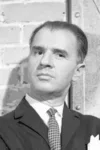
Edward Dziewoński
Gestapo Officer at Tokarskis' (uncredited)

Halina Jabłonowska
(uncredited)

Wanda Jakubińska
Woman in a Refugee Camp (uncredited)
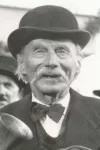
Juliusz Kalinowski
Bridge Singer (uncredited)
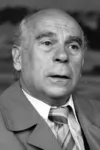
Janusz Kłosiński
Railwayman (uncredited)
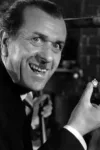
Wacław Kowalski
Singer with Guitar (uncredited)
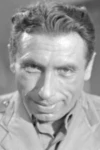
Zdzisław Lubelski
Trader on the Train (uncredited)
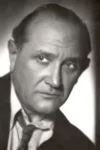
Adam Mikołajewski
Train Machinist (uncredited)

Artur Młodnicki
German Officer (uncredited)
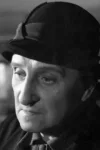
Irena Netto
Woman listening to Chopin at Tokarskis' (uncredited)
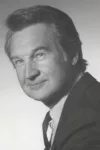
Witold Sadowy
Violinist (uncredited)
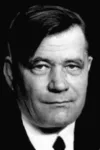
Zbigniew Skowroński
(uncredited)
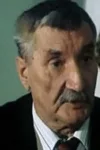
Zdzisław Szymański
Roman's Friend (uncredited)
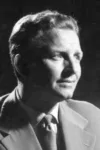
Igor Śmiałowski
Gestapo Officer that Kills the Blind Accordionist (uncredited)

Roman Wasilewski
(uncredited)
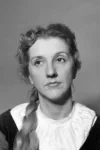
Ewa Zdzieszyńska
(uncredited)
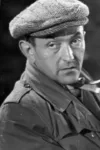
Adolf Forbert
Director of Photography

Konstanty Gordon
Assistant Director

Tadeusz Zając
Lighting Technician
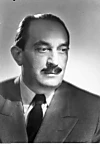
Ludwik Starski
Storyboard / Screenplay
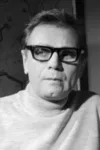
Karol Chodura
Assistant Camera
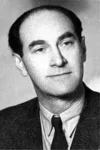
Henryk Hechtkopf
Assistant Director

Wacław Giełba
Props
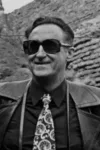
Tadeusz Karwański
Unit Manager

Anita Janeczkowa
Script Supervisor

Tadeusz Kunikowski
Props

Jan Dobracki
Makeup Artist

Marek Frankfurt
Still Photographer

Leszek Wronko
Boom Operator
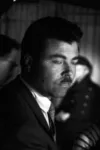
Zbigniew Dobracki
Assistant Makeup Artist

Marian Lis
Pyrotechnician

Zbigniew Gniazdowski
Camera Department Manager
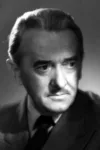
Leonard Buczkowski
Director
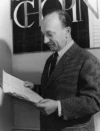
Roman Palester
Music Director

Stanisław Urbaniak
Sound
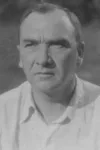
Józef Koprowicz
Sound

Anatol Radzinowicz
Production Design

Jan Fethke
Storyboard

Lidia Pstrokońska
Editor

Józef Galewski
Production Design

Franciszek Petersile
Production Manager

Władysław Osiński
Costume Design

Jerzy Kawalerowicz
Assistant Director

Kazimierz Szubka
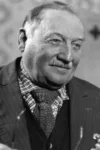
Włodzimierz Kwaskowski

Beata Artemska
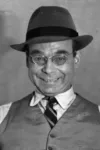
Jerzy Przybylski

Leon Łabędzki
Media.




Details.
Release DateJanuary 8, 1947
Original NameZakazane piosenki
StatusReleased
Running Time1h 37m
Filming LocationsŁódź, Poland
Genres
Last updated:
You May Also Like.
Look at the other titles that might be interesting for you

Interstellar (2014)
Movie
9.06
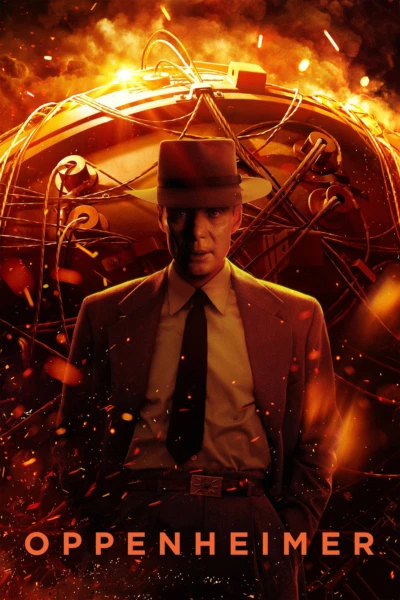
Oppenheimer (2023)
Movie
7.76
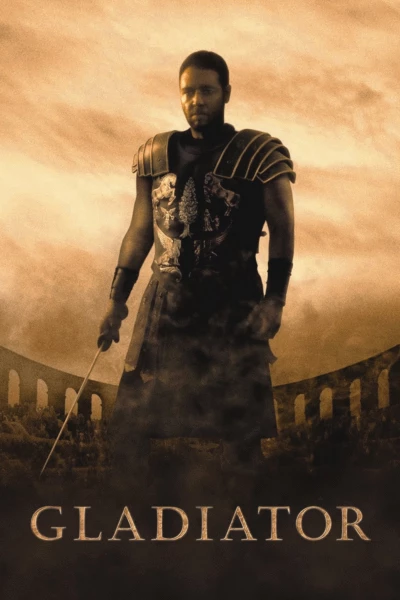
Gladiator (2000)
Movie
6.43
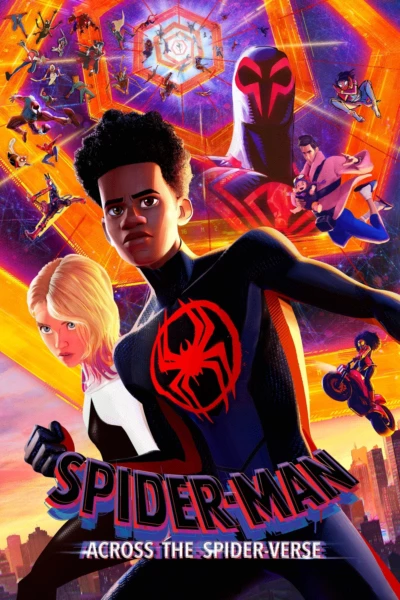
Spider-Man: Across the Spider-Verse (2023)
Movie
8.33
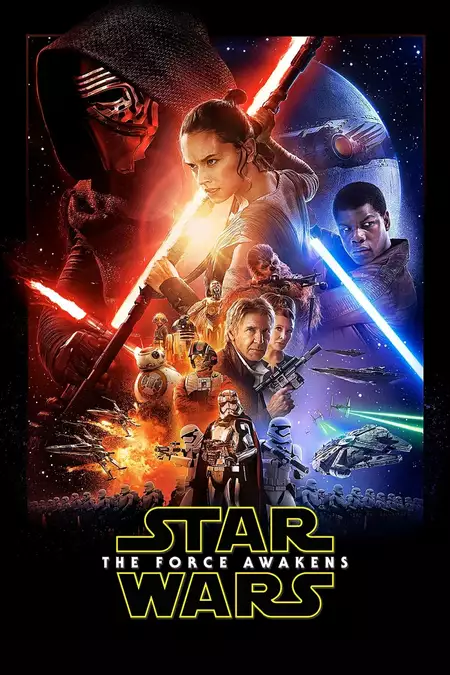
Star Wars: The Force Awakens (2015)
Movie
6.86
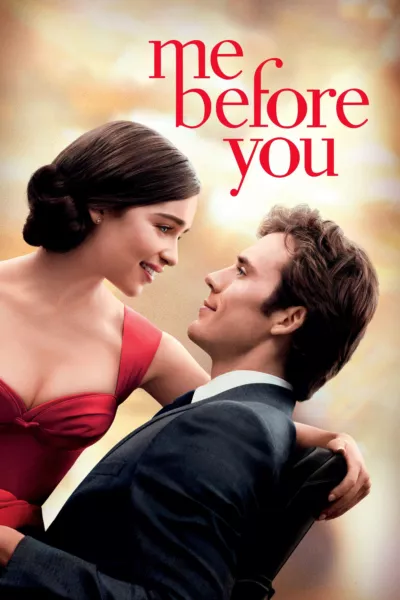
Me Before You (2016)
Movie
8.58

Venom (2018)
Movie
7.17
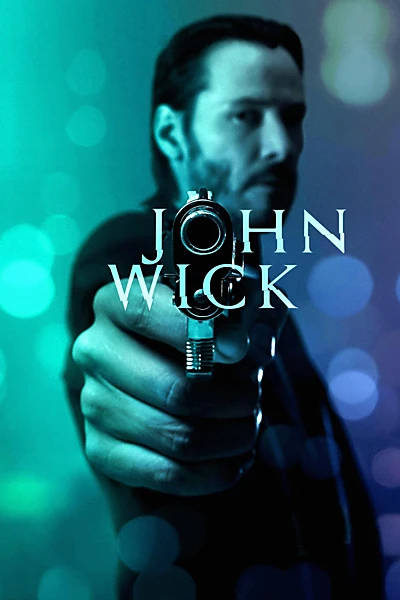
John Wick (2014)
Movie
7.09
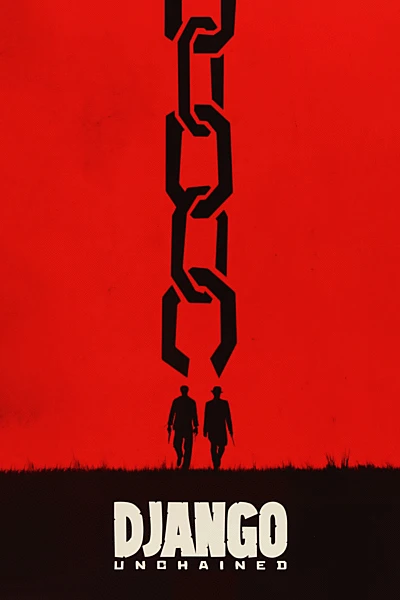
Django Unchained (2012)
Movie
7.57
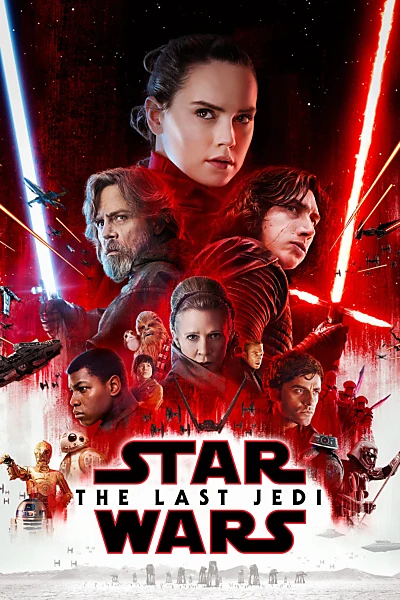
Star Wars: The Last Jedi (2017)
Movie
6.88
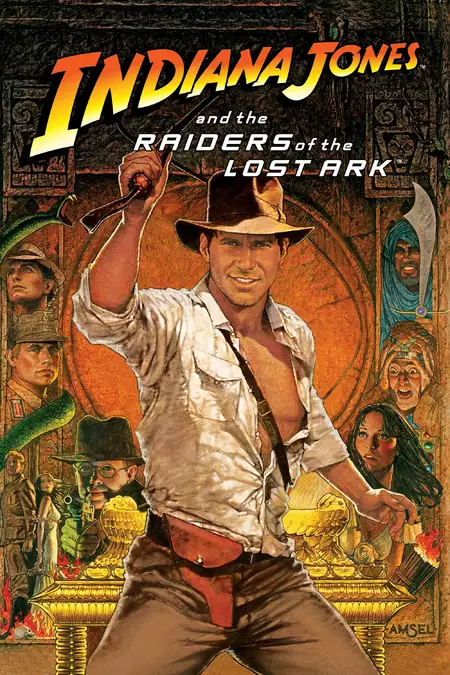
Raiders of the Lost Ark (1981)
Movie
6.16
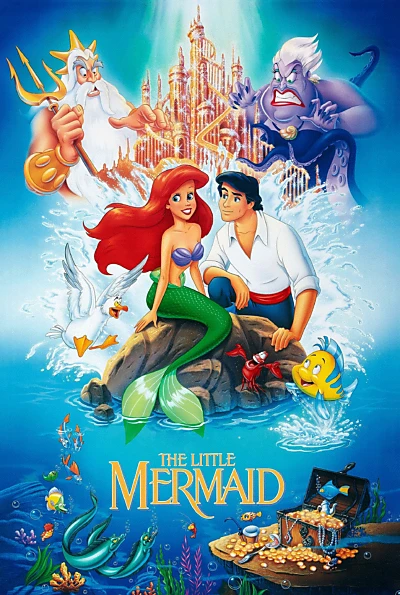
The Little Mermaid (1989)
Movie
6.86
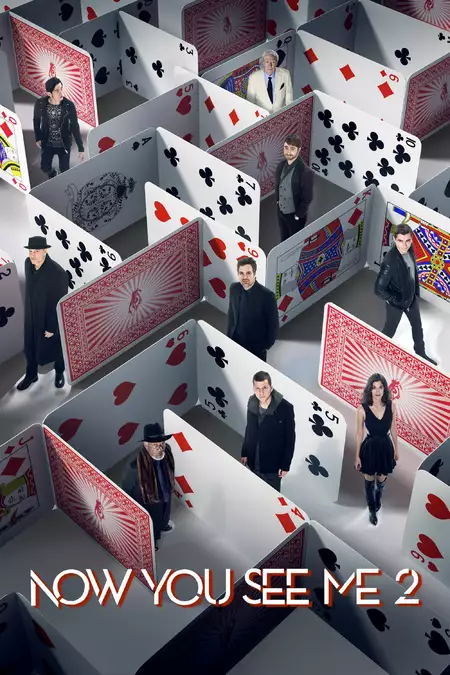
Now You See Me 2 (2016)
Movie
6.67
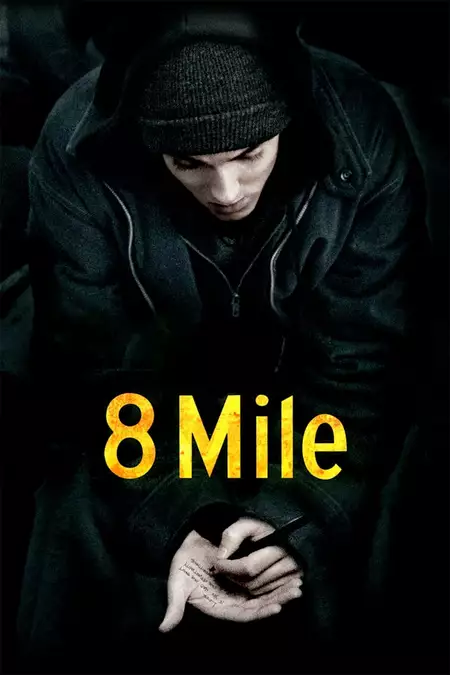
8 Mile (2002)
Movie
4.75
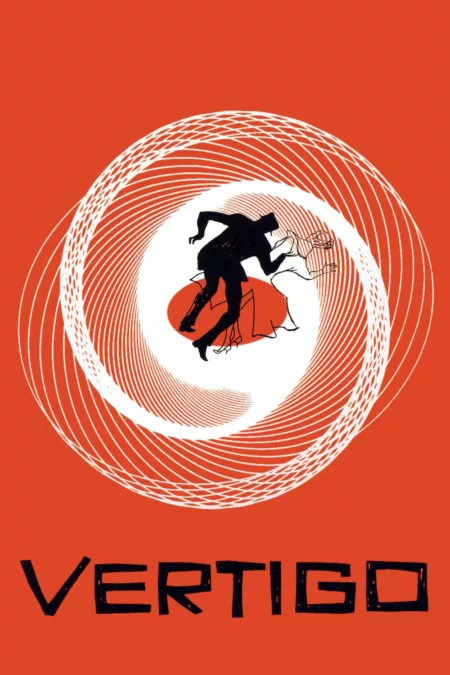
Vertigo (1958)
Movie
6.63
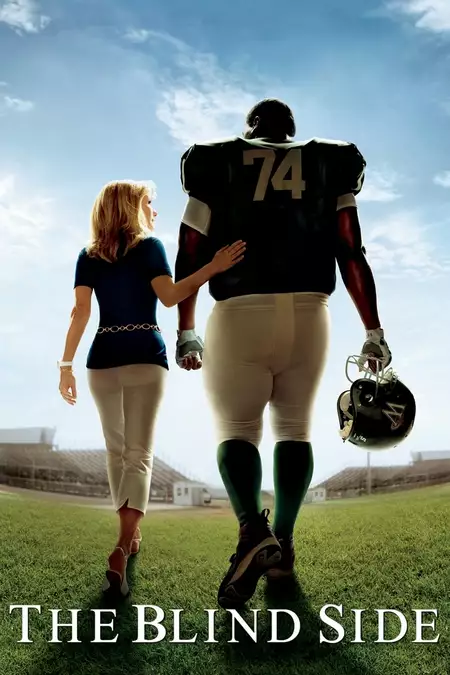
The Blind Side (2009)
Movie
6.5
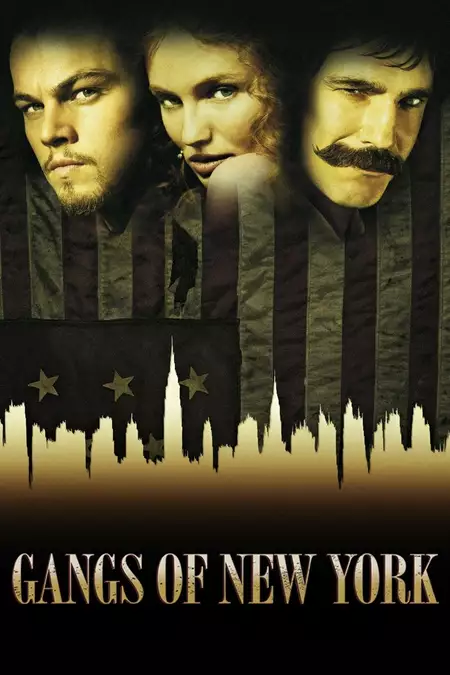
Gangs of New York (2002)
Movie
6.32
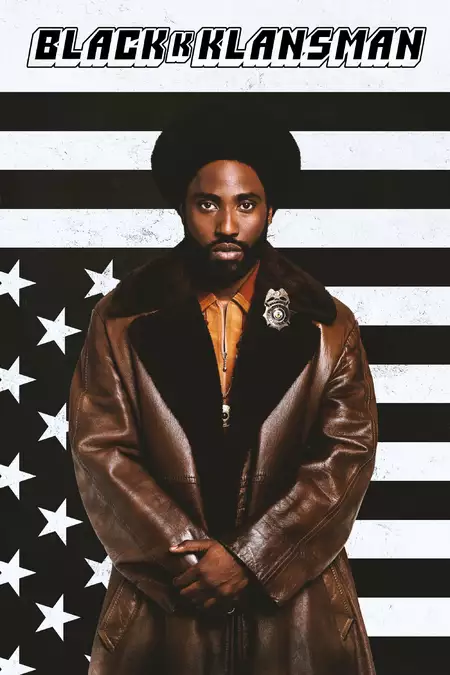
BlacKkKlansman (2018)
Movie
7.03
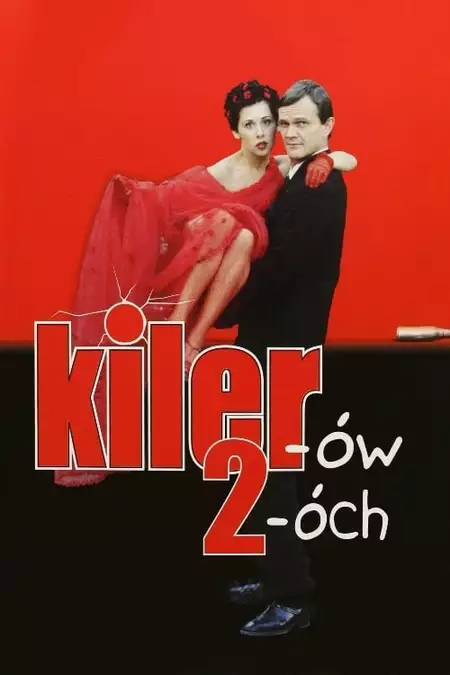
Killer 2 (1999)
Movie
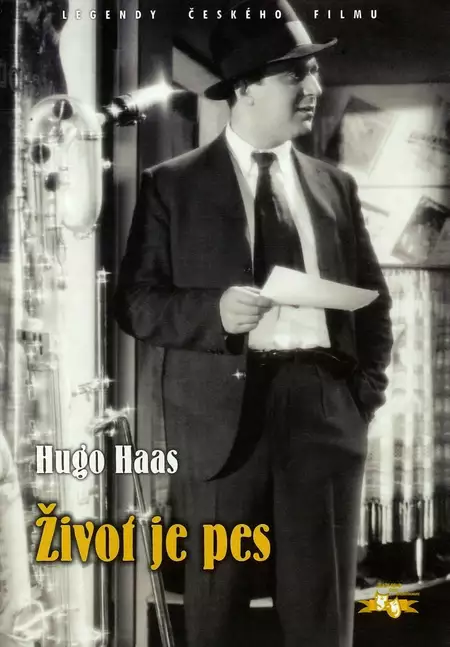
Life Is a Dog (1933)
Movie

